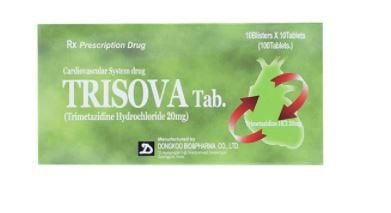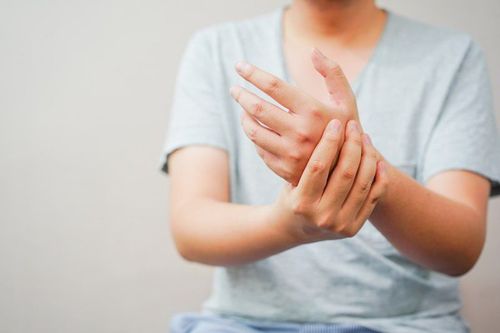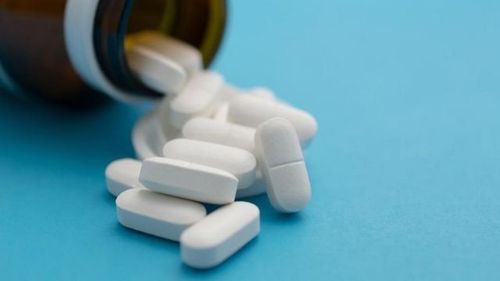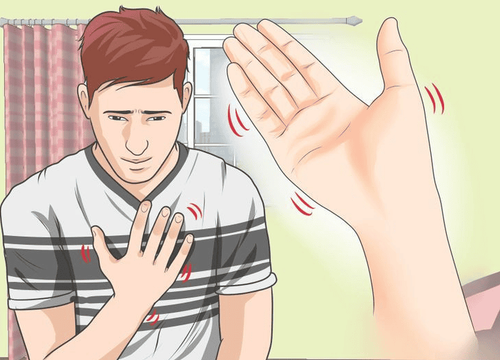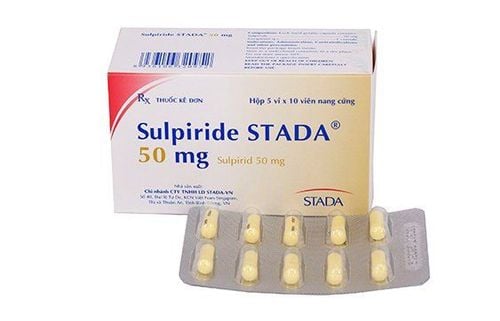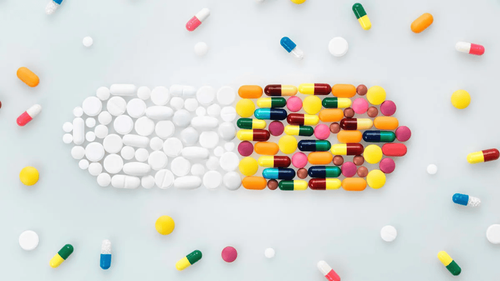This is an automatically translated article.
This article is professionally consulted by Master, Doctor Nguyen Van Thai - Neurosurgeon - Department of Medical Examination & Internal Medicine - Vinmec Central Park International General Hospital.Movement disorders are involuntary, rapid, irregular, irregular movements (often involving limited muscle groups) or vocalizations that appear suddenly with no apparent purpose. The consequences of movement disorders significantly affect the patient's daily activities in many ways. Treatment of motor neurone disorders is important for children and adolescents, and is generally palliative in adulthood.
1. Consequences of movement disorders
Many cases of dystonia with dystonia alone can be misdiagnosed with Meige syndrome or Huntington's choreography, depending on the clinical presentation. This dystonia can make you feel pain or make it impossible for you to stand or sit for long. These cases sometimes require actions to reduce dystonia such as passing the ball from one hand to another.Late dystonia can develop months or years after antipsychotic therapy and persist despite various therapies for the dyskinesia.
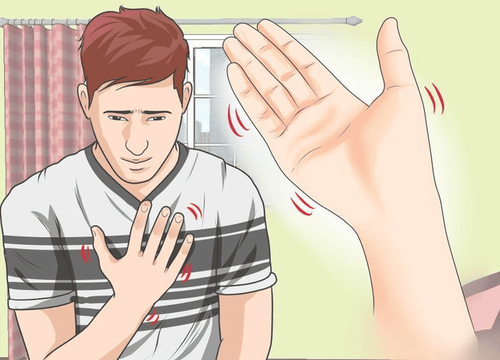
2. Methods of treating movement disorders
Chemotherapy is combined with psychotherapy.2.1. Pharmacotherapy Applied in the treatment of chronic movement disorders and Tourette's syndrome.
Haloperidol. Side effects of the drug such as sleeping a lot, dystonia ... need to notify the doctor to adjust the dose. Other agents to be considered include * Antiepileptic drugs: Levetiracetam has been shown to be well tolerated and effective in some early studies. Sodium Valproate is used as monotherapy or in combination with an antipsychotic group.
* Antidepressants, anxiety drugs: Fluoxetin, Sertraline.
2.2. Psychotherapy Behavioral therapy is beneficial, especially for transient tics. This therapy includes: you need to make a daily chart to monitor the frequency of the movement disorder, mark the days without the movement disorder, the family avoid mentioning the movement disorder, do not criticize the child; organize activities to attract attention and engage children to participate, encourage and reward when children are less prone to tic (positive reinforcement method).
Besides, based on the coordination of two processes: immobilization of movements and motion of immobilization of the principles of psychomotor treatment, giving techniques: children are guided to perform exercises in front of a mirror. , do movements in parts of the body that do not have movement disorders in combination with stretching exercises.
2.3. Supportive treatments Organize recreational activities, psychological support combined with family guidance.
Treatment of anxiety disorders, depression, phobias or hyperactivity if associated with tic.
Treatment of movement disorders is prevention. During treatment, the lowest effective dose of both typical and atypical antipsychotics should be used. Atypical antipsychotics are less likely to cause tardive dyskinesia than typical antipsychotics.
Doctor Nguyen Van Thai has many years of experience in the examination and treatment of internal neurological diseases at Cho Ray Hospital. Currently, he is a doctor at the Department of Medical Examination and Internal Medicine, Vinmec Central Park International General Hospital.
Please dial HOTLINE for more information or register for an appointment HERE. Download MyVinmec app to make appointments faster and to manage your bookings easily.





